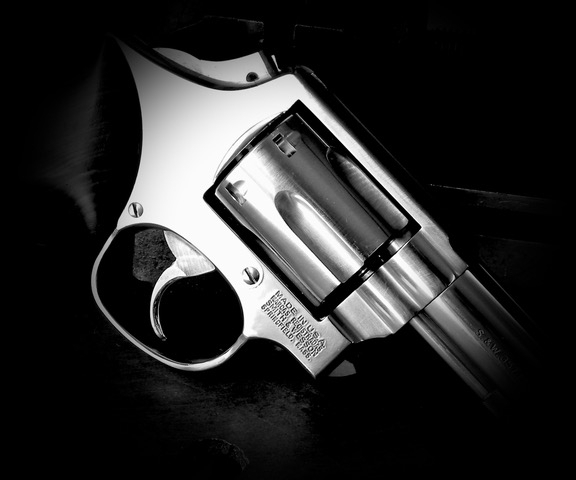
In the art world “minimalism” is used to eliminate any non-essential elements in the process, creating with only the “essentials.” The same is true in design/architectural fields, where anything unnecessary is removed. Minimalism is also key to defensive success, and applies to the tools you use, the skills/techniques employed, and most importantly, the way you think.
The defensive community - along with the majority of our culture – is way too caught up in consumerism. We’re fed a steady diet of what’s new and different, and why we need it. Occasionally, the “latest” piece of gear or “newest” firearm does contain significant improvements. The majority though are just small variations of the same concepts. There may be minute improvements, but in some cases, these may be beyond your capability of even realizing and/or appreciating. We don’t always need the latest, greatest kit. My revolvers and semi-autos from the early part of the twentieth century still fit the bill and work well.
Today there’s no reason not to have a simple solution to the quest for gear. Almost every offering out there today is well matched for its purpose. Sure, you might have to do some minor modifications to make it fit you specifically. For example, exchanging sights to the type that works well for you. But, on departing the gun shop you should be ninety percent “there.”
One word of advice on modifying your weapon, or accumulating gear. Again, minimalism is your guiding concept. “Simple” works well under stress. Don’t over-complicate your weapon or related gear. In a fight there’s enough to worry about without having a convoluted mess of gear to add to your problems. Whatever equipment you do have make sure to practice plenty. The more complex your kit, the more repetition is required to learn it. This is especially true for professionals whose job requires them to carry additional equipment.
Minimalism applies to your physical actions, the techniques used to respond to a threat. Motion is time, and there’s no time to waste. You draw the pistol using the least amount of motion necessary to accomplish the presentation. Any additional movements or flourishes cost time. You may still be effective – it gets the job done – but that doesn’t mean it’s efficient.
During practice you focus on examining every move/action. Is it efficient? The best way to accomplish this is by having a friend, who knows as much or more than you, observe your techniques, ensuring there’s no wasted motion/time.
Finally, it’s important to consider minimalism in your “defensive” mindset. Remember “Occam's razor?” This “law” tells us “simpler” solutions are more likely to be the correct response over more complex ones. Hick’s Law tells us that the more options there are the longer it takes to make a decision. In the beginning of the confrontation there’s not time to gather a lot of information or work through a long list of possible options. Do something now. Move! It’s a simple solution, easy to apply and creates time for you to gather a few more details and decide what to do next. (You’re constantly cycling through the O.O.D.A. Loop.)
“It’s not the daily increase,” Bruce Lee said, “but daily decrease; hack away at the unessential.” Take the minimalist approach to all things, but especially your defensive choices. In other words, when it comes to gear, techniques and developing a threat response one should simplify for success.
Tiger McKee is director of Shootrite Firearms Academy, located in northern Alabama. He is the author of The Book of Two Guns, AR-15 Skills and Drills, featured on GunTalk’s DVD, “Fighting With The 1911 and has regular columns in Gun Digest and American Handgunner.
http://www.facebook.com/pages/Shootrite-Firearms-Academy/156608611038230?ref=ts